Health Awareness Campaigns
Health awareness campaigns have a profound impact on the tobacco packaging market, as they drive the need for more informative and warning-laden packaging. Regulatory bodies in the US mandate that tobacco products display health warnings, which has led to a shift in packaging design. The tobacco packaging market must adapt to these regulations, which often require graphic images and clear messaging about the risks associated with tobacco use. This compliance not only affects the aesthetic of the packaging but also influences consumer perceptions. It is estimated that around 60% of smokers report that health warnings on packaging affect their purchasing behavior, underscoring the importance of these campaigns in shaping market dynamics.
Sustainability Regulations
Sustainability regulations are increasingly influencing the tobacco packaging market, as consumers and governments alike push for environmentally friendly practices. The demand for recyclable and biodegradable materials is on the rise, prompting manufacturers to explore sustainable alternatives to traditional packaging. This shift is not merely a trend; it is becoming a necessity as regulatory frameworks evolve. For example, some states have implemented laws that require a certain % of packaging materials to be recyclable. Companies that proactively adopt sustainable practices may not only comply with regulations but also attract environmentally conscious consumers, thereby enhancing their brand image in the tobacco packaging market.
Innovative Packaging Solutions
The tobacco packaging market is experiencing a surge in demand for innovative packaging solutions that enhance product appeal and functionality. Manufacturers are increasingly adopting advanced materials and designs to differentiate their products in a competitive landscape. For instance, the use of child-resistant packaging and resealable pouches is becoming more prevalent, catering to consumer preferences for convenience and safety. This trend is supported by data indicating that approximately 30% of consumers prioritize packaging features when making purchasing decisions. As a result, companies that invest in innovative packaging solutions are likely to gain a competitive edge in the tobacco packaging market.
Consumer Preferences for Customization
Consumer preferences for customization are shaping the tobacco packaging market, as individuals increasingly seek products that reflect their personal style and identity. This trend is particularly evident among younger demographics, who favor unique and personalized packaging designs. Brands that offer customizable options, such as personalized labels or limited edition designs, are likely to capture the attention of these consumers. Market data suggests that approximately 40% of consumers are willing to pay a premium for customized products. Consequently, the ability to cater to these preferences may provide a competitive advantage for companies operating within the tobacco packaging market.
Technological Advancements in Printing
Technological advancements in printing techniques are revolutionizing the tobacco packaging market, enabling manufacturers to produce high-quality, visually appealing packaging at lower costs. Innovations such as digital printing and flexographic printing allow for greater customization and faster turnaround times. This is particularly relevant as brands seek to create limited edition packaging or promotional designs that resonate with consumers. The ability to print variable data, such as QR codes for tracking and engagement, is also gaining traction. As a result, companies that leverage these technological advancements are likely to enhance their market presence and appeal to a broader audience in the tobacco packaging market.


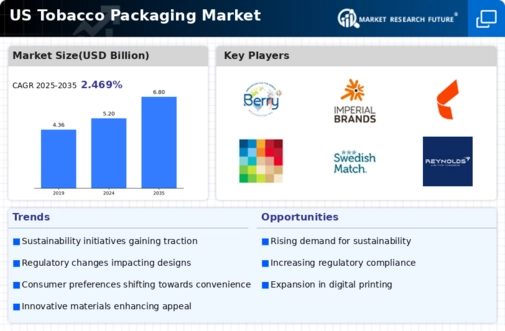
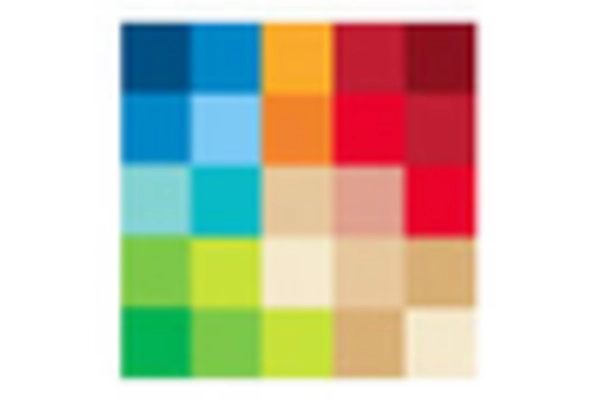
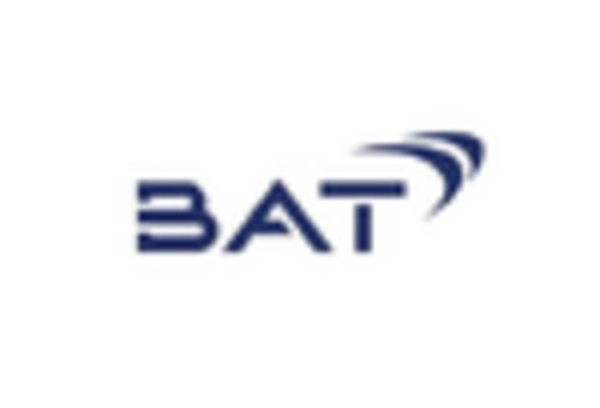

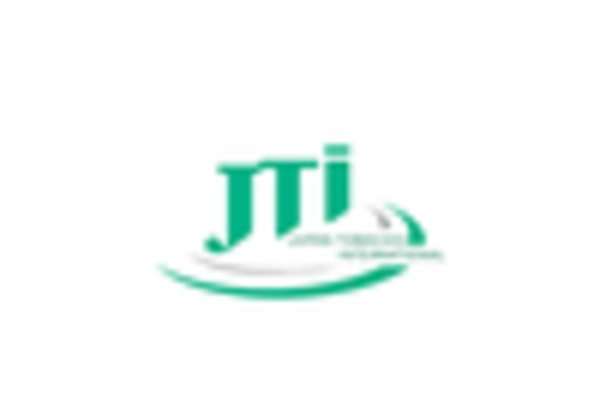

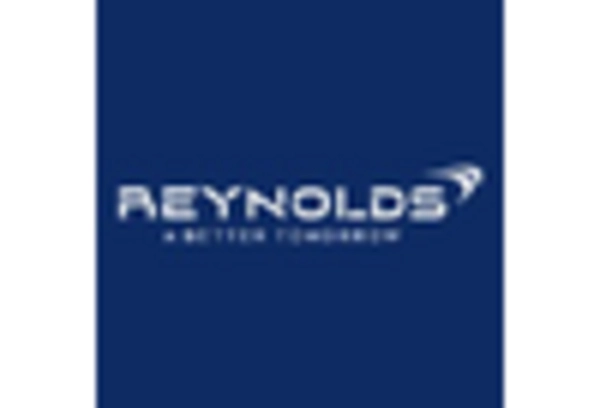








Leave a Comment